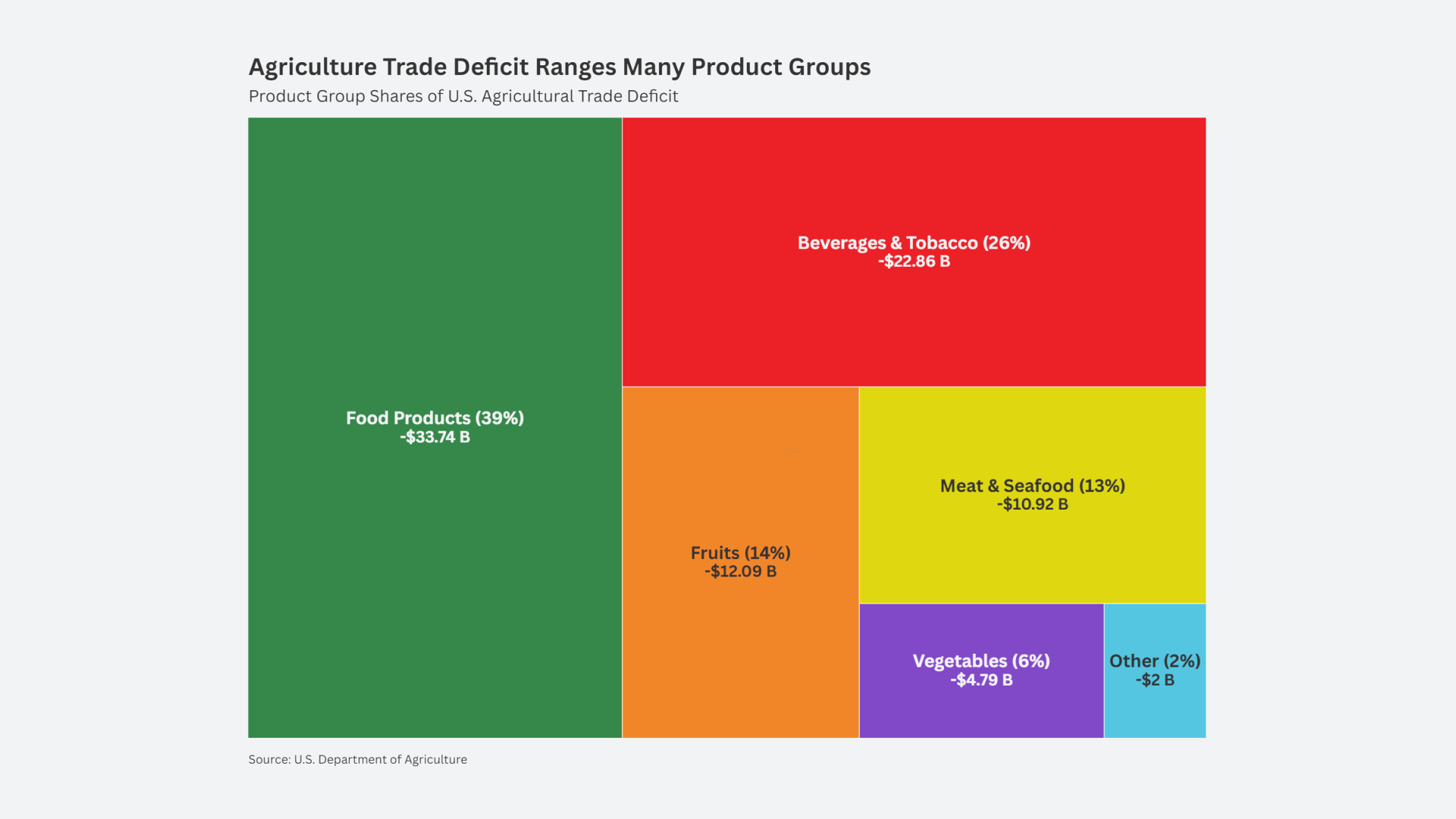[John R. Hansen | July 7, 2017 | ABCD Now]
Messages like this resonated with voters across the nation during the Presidential Campaign. “Foreigners are manipulating their currencies” and “currency manipulation is destroying American factories and jobs” have been the rallying cries.
Currency manipulation has indeed created serious problems for the competitiveness of factories and farms across America, especially during the period 2003-2013, the “Decade of Manipulation” as Fred Bergsten and Joe Gagnon have called it in Chapter 4 of their new book, Currency Conflict and Trade Policy. But we must keep in mind two very important facts.
First, even during this period, private capital flows greatly exceeded public capital flows into the United States (Figure 1). There is no evidence that an open-market purchase of $100 billion of U.S. securities by the Chinese Government would have any more impact on the dollar’s exchange rate than an equal purchase by Deutsche Bank AG of Germany. Thus, even during the “Decade of Manipulation,” excessive private capital flows into the United States clearly had a larger impact on the dollar’s exchange rate than did currency manipulation.
Figure 1

Second, the Decade of Manipulation ended about four years ago, but the US trade deficit still amounts to hundreds of billions of dollars per year because the U.S. dollar is still so sharply overvalued.
This note uses the latest data from the IMF and the Peterson Institute for International Economics (PIIE) to show (a) the severity of the dollar’s overvaluation, and (b) the uniqueness of this overvaluation — which is truly a one-of-a-kind situation for the entire world.
Among the currencies of the countries accounting for the large majority of US trade — and almost all of its trade deficits, the dollar is the only currency that is significantly overvalued — and it is overvalued by a massive 25.5 percent (Table 1, column 7). No wonder the US suffers serious trade deficits. [1]

The Mexican peso is the only other overvalued currency in this group. This is notable for two reasons. First, Mexico is one of the four most prominent sources of US trade deficits — along with China, Germany, and Japan. Consequently, many claim that Mexico is guilty of extensive currency manipulation and that the peso is seriously undervalued. Totally wrong. Mexico actually runs a significant global trade deficit, indicating that the peso is over-valued. All of the talk about currency manipulation in connection with the announced renegotiation of NAFTA is therefore way off the mark. Currency undervaluation has nothing to do with Mexico’s trade surplus with the United States.
Second, the US dollar is four times more overvalued than the Mexican peso is. This leads directly to the conclusion that America’s annual trade deficit of roughly $60 billion with Mexico is the result of the overvaluation of the dollar, not the undervaluation of the peso.
Now let’s look at the other currencies, all of which are undervalued compared to the exchange rate — the Fundamental Equilibrium Exchange rate or FEER that would be consistent with balanced trade the each of these countries.
Germany and Japan. These stand out because their currencies are roughly as undervalued as the dollar is overvalued. [2]
China. Another point worth noting in Table 1 is the low “Total REER Misalignment” of the Chinese yuan. At less than five percent, this is only one fifth of the misalignment of the US dollar.
Which raises an obvious question: If China’s calculated currency misalignment is so relatively small, why is America’s trade deficit with China so much larger than its trade deficit with countries like Japan, Germany and Mexico.
This question is a big one — too big, in fact, for the space available here, so I will explore it in a separate blog post. Here I only note some tentative thoughts about causal factors:
(a) Size Matters. With a labor force of 800 million, China can easily produce more goods than any other country.
(b) Domestic Economies of Scale. With a population of 1.3 billion that is rapidly becoming urbanized with higher incomes, Chinese factories can achieve economies of scale just in the domestic market that no other country can hope to match. These economies of scale make it possible to export at markedly lower prices.
(c) State Production Controls: China’s system of state capitalism, involving both SOE’s and a heavy state hand on private enterprise, allows China to control production decisions — and to subsidize production — in ways that are impossible in normal market economies.
(d) Trade Policies. China clearly manipulates access to its domestic market with tariff and non-tariff barriers, making it very difficult for America to sell the volume of exports needed to balance America’s imports from China.
Korea. The Korean yuan is less out of line with its trade-balancing equilibrium exchange rate, but its undervaluation is still very significant. Like China, it is not guilty under IMF rules of active currency manipulation today. However, the misalignment of these currencies clearly results from (a) past manipulation, (b) highly successful industrial development based in large measure on the protection offered by earlier currency manipulation, and (c) the failure of global currency markets to bring these currencies into line with their equilibrium rates. Given such market failures, which have been a major problem over the past 40-plus years since the start of the OPEC oil crises, the only sure way to correct such misalignments is a proactive currency adjustment policy such as the Market Access Charge that the US can control directly — and still be fully in line with IMF and WTO rules.
Canada. Canada is included in this discussion only because it is a member of NAFTA and therefore is involved in NAFTA restructuring discussions. Although the US does run a small trade deficit with Canada, this is a non-issue for two reasons. First, the deficit is small — only $11 billion in 2016. Second, the Canadian dollar is almost perfectly aligned with its trade-balancing equilibrium exchange rate.
Conclusion
Fighting currency manipulation, which seems to be the recipe trotted out whenever US trade deficits are discussed, will do virtually nothing to fix the 25.5 percent overvaluation of the US dollar. This is the elephant in the room that few American politicians and policy makers seem willing to look in the eye and fix with a pro-active tool like the MAC.
Until this happens, America will continue to suffer rising trade deficits, lost jobs, dying factories, and debt for future generations.
America needs instead to move as quickly as possible to implement a MAC — the only tool specifically designed to bring the dollar to its trade balancing equilibrium exchange rate in an automatic, measured way. This is critically important because …
America Needs a Competitive Dollar Now
John R. Hansen
July 7, 2017
Footnotes
[1] The “Interpreting the Columns” box below the table provides a number for each column for easy identification. The “Current Table Column Number” line, shows the source of the data. “IMF” and “Cline” refer to the sources noted immediately above; the actual data are provided in the detailed Tables 1 and 2 in the document linked at the end of this note. Entries such as “C1/C2” indicate the source by column for the indicators I calculated based on data from the IMF and Cline data shown in previous columns. For example, the data in Column 3 was calculated for each line by dividing the entry in Column 1 by the entry in Column 2. An entry such as “$C7/C7 for the “Ratio of U.S. to Partner Misalignment” indicates that the numbers for that column were calculated by dividing the US$ overvaluation number in Column 7 by the over or under valuation for the given country in the same column.
[2] It would be convenient to be able to directly add the dollar’s overvaluation to the undervaluation of the currencies of Germany or of Japan so that we could talk some kind of gross currency misalignment. However, this is not so easy because the adjustments shown in columns 2, 6, and 7 are specific to each currency against its own trade-balancing fundamental equilibrium exchange rate (FEER), not against a trade-weighted index of other currencies.
The overvaluation of the dollar is reflected in, for example, the undervaluation of the yen. Consequently, adding up the misalignments would lead to some double-counting. However, the ratios of US to partner currency misalignment shown in column 8 make it clear that except for Germany and Japan, the overvaluation of the dollar dominates the total misalignment of currencies.













